Seafood is often praised as a lean, heart-healthy protein—but not all options from the ocean are as good. Behind the shiny menu descriptions and sleek supermarket packaging, some fish come with hidden risks like high mercury levels, questionable farming practices, or serious sustainability issues. Whether you’re a sushi regular, a grilled-salmon lover, or just browsing the frozen aisle, it pays to know what’s really on your plate. From environmental red flags to health hazards, these 17 seafoods are ones you may want to reconsider. Think twice before diving in—your body (and the planet) will definitely thank you.
1. Tilapia
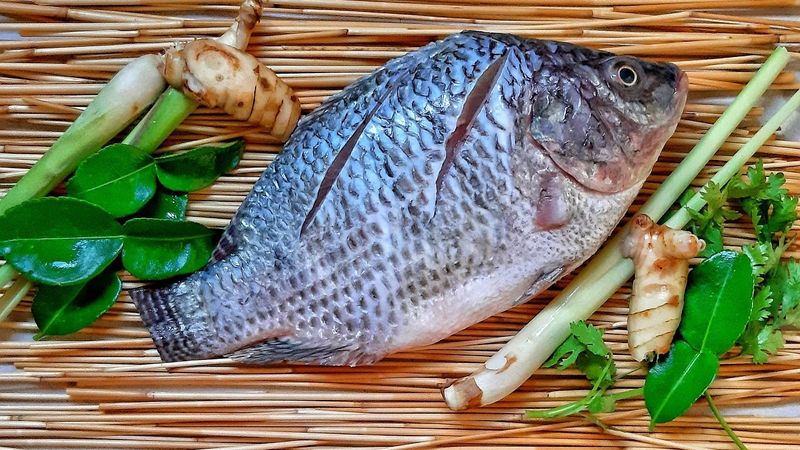
On the surface, tilapia seems like a smart choice—affordable, mild-tasting, and low in fat. But dig deeper and you’ll find a fish often raised in overcrowded tanks, fed a grain-based diet, and treated with antibiotics. These conditions reduce its omega-3 content and may expose you to contaminants.
Most store-bought tilapia is imported and farmed in countries with lax oversight, raising concerns about food safety and sustainability. While it’s easy on the wallet, it may not be the healthiest option on your plate. If you’re eating for wellness, you’re better off choosing wild fish with stronger nutritional profiles.
2. Atlantic Cod

Once the pride of the fishing industry, Atlantic cod has been brought to the brink by decades of overfishing. While management has improved, many populations are still struggling to recover. In addition to sustainability issues, Atlantic cod tends to be low in healthy fats like omega-3s and is often heavily processed before sale. This means the fish you buy might not be as fresh or nutritious as it seems. For a more responsible alternative, consider wild-caught Pacific cod or Alaskan pollock—both of which offer better sustainability credentials and a cleaner nutritional slate without sacrificing mild, flaky texture.
3. Atlantic Flatfish (Halibut, Flounder, Sole)
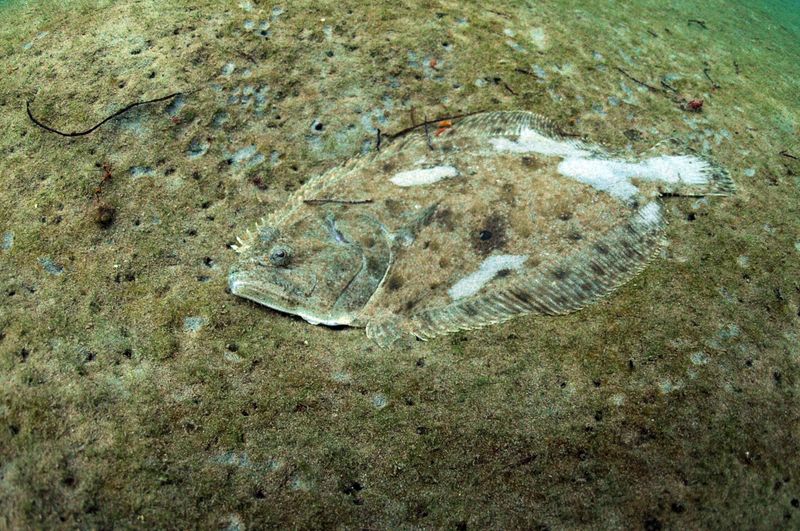
Bottom-dwelling fish like Atlantic halibut, flounder, and sole may be mild in flavor, but they come with baggage. Their habitat near the seafloor means greater exposure to heavy metals, including mercury. Some species, especially Atlantic halibut, have been severely overfished and are slow to rebound.
In many cases, the fillets you find in stores are from environmentally vulnerable fisheries or less regulated regions. These delicate-tasting fish often look harmless but come with high ecological costs and potential health concerns. Instead, look for Pacific varieties from sustainable fisheries certified by groups like the Marine Stewardship Council (MSC).
4. Imported Farmed Shrimp
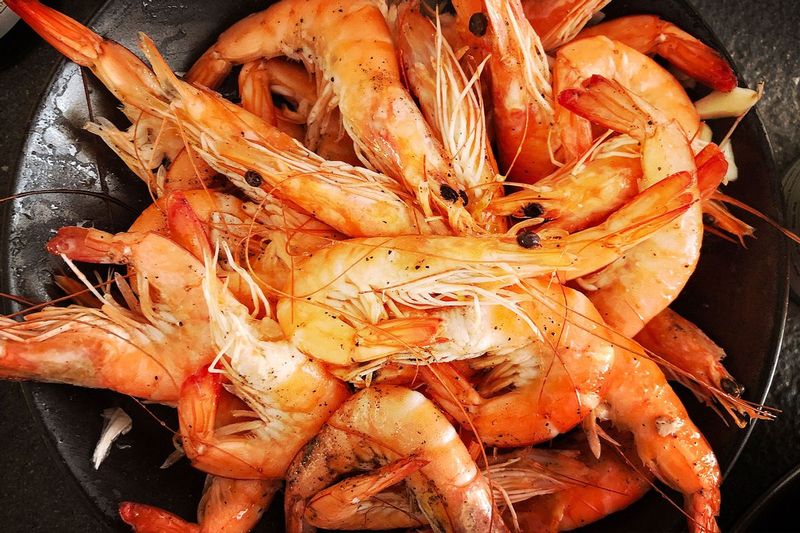
Shrimp is America’s most popular seafood, but imported farmed varieties raise red flags. Frequently produced in countries with weak environmental regulations, these shrimp are often exposed to antibiotics, pesticides, and contaminated water. Some studies have detected residues of banned substances and harmful bacteria.
Beyond health concerns, shrimp farming can devastate coastal ecosystems, destroying mangroves and polluting local waters. If you’re a shrimp fan, consider U.S.-farmed or wild-caught Gulf shrimp, which are held to stricter standards. It may cost a bit more, but you’ll be avoiding potential toxins—and supporting more responsible, transparent farming practices at the same time.
5. Atlantic Salmon (Farmed)
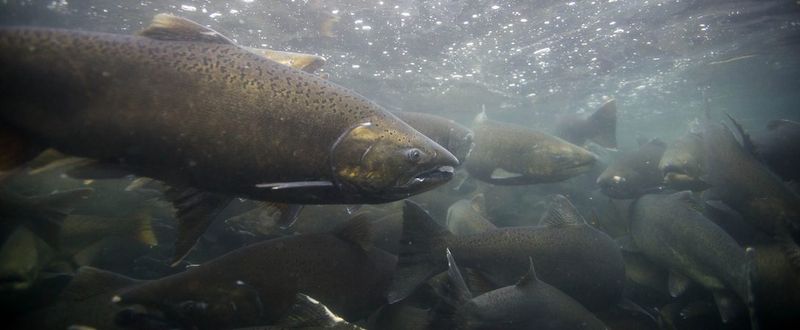
Farmed Atlantic salmon differs dramatically from wild salmon in both nutritional content and farming practices. Often raised in crowded pens, these fish are prone to disease, lice, and waste accumulation. To combat these issues, farmers may use antibiotics and chemicals, some of which raise health concerns. Nutritionally, farmed salmon also contains more omega-6 fats and fewer beneficial omega-3s. Its pink color often comes from synthetic additives. For a cleaner, more nutritious choice, opt for wild-caught Alaskan salmon. You’ll get better flavor, higher nutrient density, and peace of mind about sustainability and food safety.
6. Eel
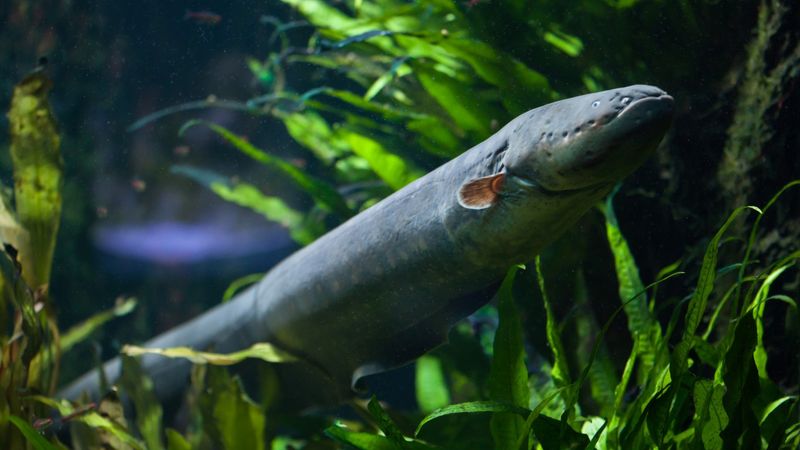
Eel may seem like a delicacy, especially in sushi rolls or grilled preparations, but it comes with a hidden price. This oily fish is highly effective at absorbing contaminants like mercury and PCBs due to its fatty nature. Complicating things further, wild eel populations are in steep decline worldwide, and farmed eel operations are notoriously opaque and underregulated. Traceability is poor, and the environmental impact can be significant. Despite its rich taste, eel is neither a health-conscious nor eco-friendly choice. If you’re craving something smoky and indulgent, consider smoked trout or mackerel as safer, more sustainable substitutes.
7. Imported Basa/Swai/Tra (Striped Catfish)
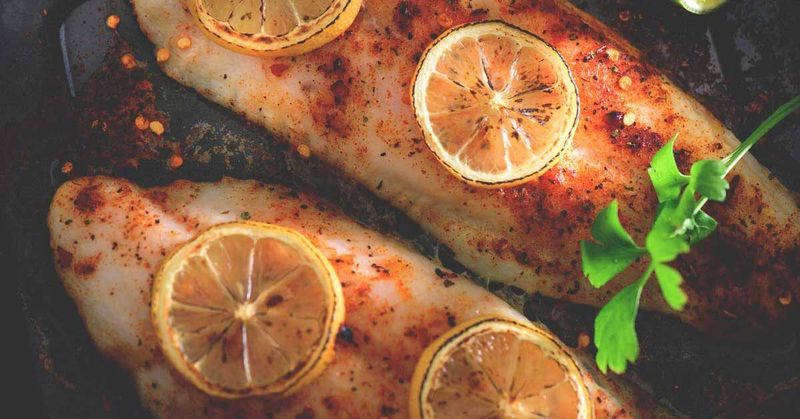
These Southeast Asian catfish cousins are often marketed under appealing names, but behind the labels are serious concerns. Raised in the polluted waters of the Mekong Delta, these fish are often farmed with minimal oversight and exposed to unregulated antibiotics and chemicals.
Tests have revealed bacterial contamination and trace industrial pollutants. Their low price tag is tempting, but the lack of safety standards makes them a nutritional gamble. While they may look clean and mild on the plate, what’s beneath the surface is murkier. If you love catfish, stick with U.S.-farmed varieties raised under higher food safety regulations.
8. Orange Roughy
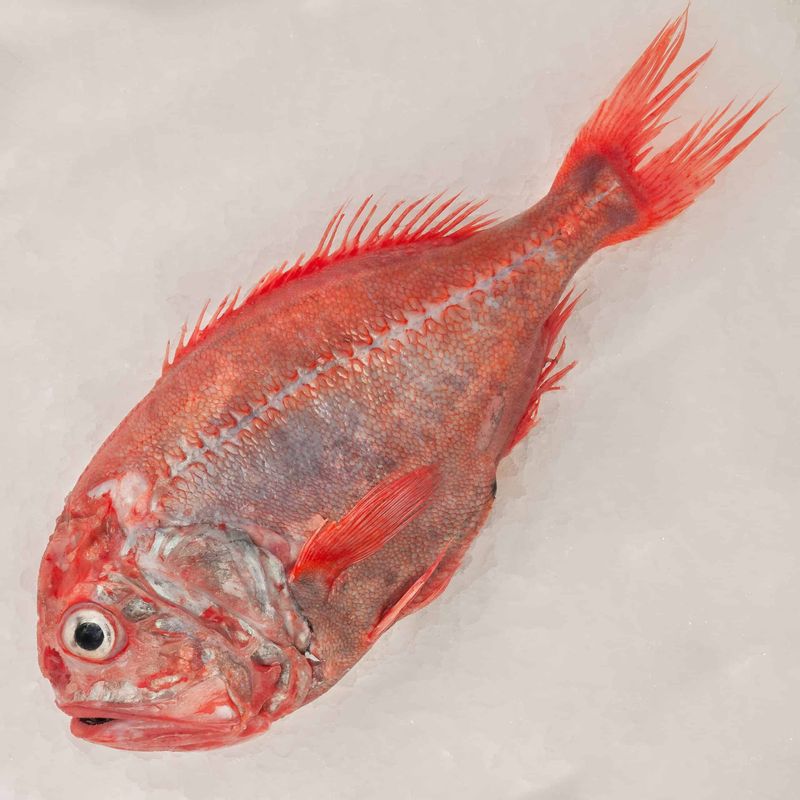
This deep-sea fish earned a reputation as a restaurant favorite, but its backstory is far from appetizing. Orange roughy can live over 100 years, which makes it especially vulnerable to overfishing and slow to replenish. That same long lifespan also allows mercury and toxins to build up to potentially unsafe levels. To make matters worse, its popularity has led to serious depletion in some fisheries. Originally known as “slimehead,” the fish was rebranded to sound tastier—but no marketing can hide its environmental impact. For a safer and more sustainable choice, consider wild-caught black cod or sablefish instead.
9. Shark
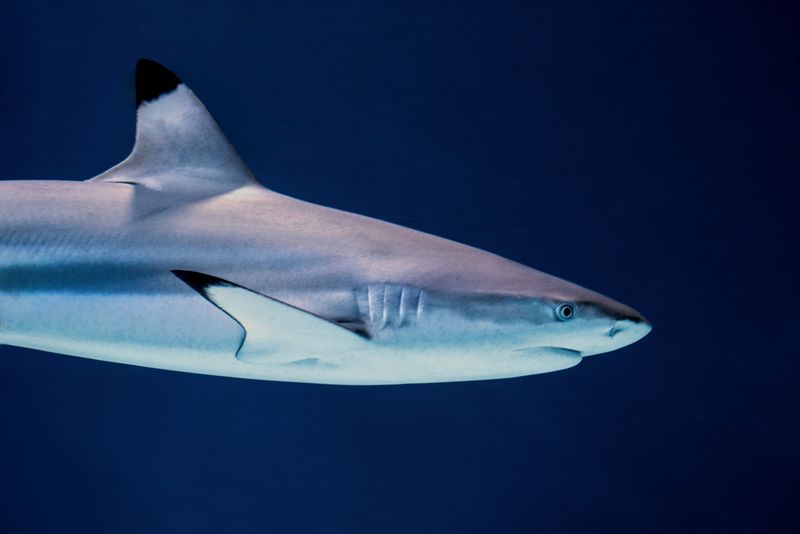
It might sound adventurous to order shark steak, but there’s a good reason it rarely shows up on healthy-eating lists. As top predators, sharks accumulate high levels of mercury and other toxins, making them particularly risky for neurological and reproductive health.
Compounding the issue, many shark species are critically endangered due to slow reproduction and overfishing. The controversial practice of shark finning adds to the ethical burden. Even small servings can contain unsafe levels of mercury. If you’re seeking a hearty seafood dish, stick with low-mercury, sustainably caught species like wild salmon, sardines, or Pacific halibut instead.
10. King Mackerel
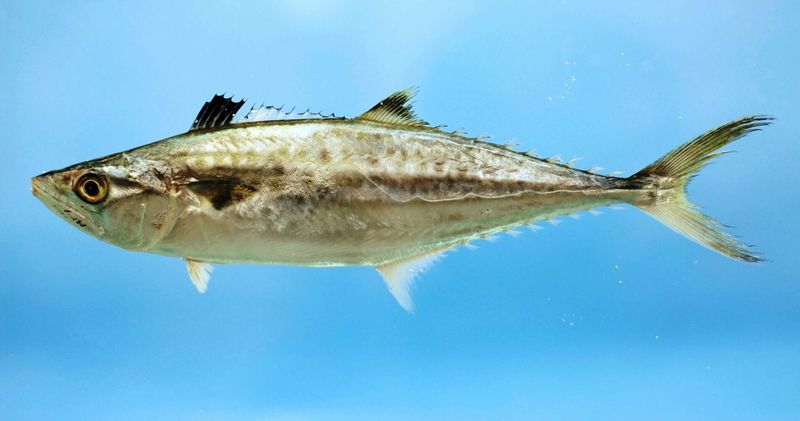
If you’re aiming to eat heart-healthy fish, king mackerel might seem like a strong candidate—but this variety comes with a catch. It’s one of the highest-mercury fish you can buy, and that’s especially concerning for children, pregnant women, and anyone consuming it regularly. Found mostly in the Gulf of Mexico and Atlantic waters, king mackerel can accumulate dangerous levels of mercury that may impact brain function and heart health. For a safer omega-3 boost, look to smaller mackerel species like Atlantic or Spanish mackerel, which are lower in mercury and often harvested from more sustainable sources.
11. Tilefish (especially Gulf of Mexico)
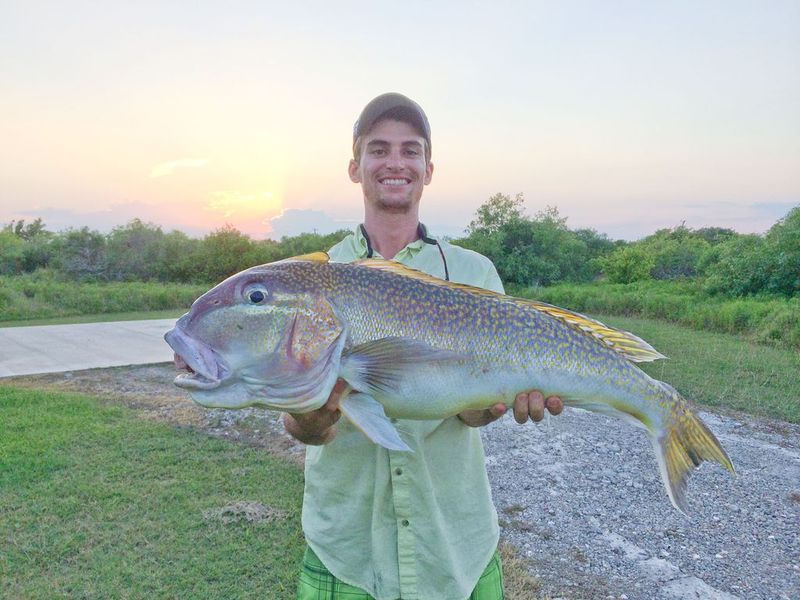
Don’t let the buttery texture of tilefish fool you—this species is flagged by the FDA for high mercury levels, particularly when sourced from the Gulf of Mexico. Mercury toxicity poses serious risks to your nervous system, and tilefish consistently ranks among the worst offenders.
On top of the health hazard, tilefish aren’t always labeled clearly, which means you might be getting more than you bargained for. If you enjoy rich, flaky white fish, skip the tilefish and try U.S.-caught haddock or cod instead. These alternatives offer similar textures with far less concern about heavy metal contamination.
12. Swordfish
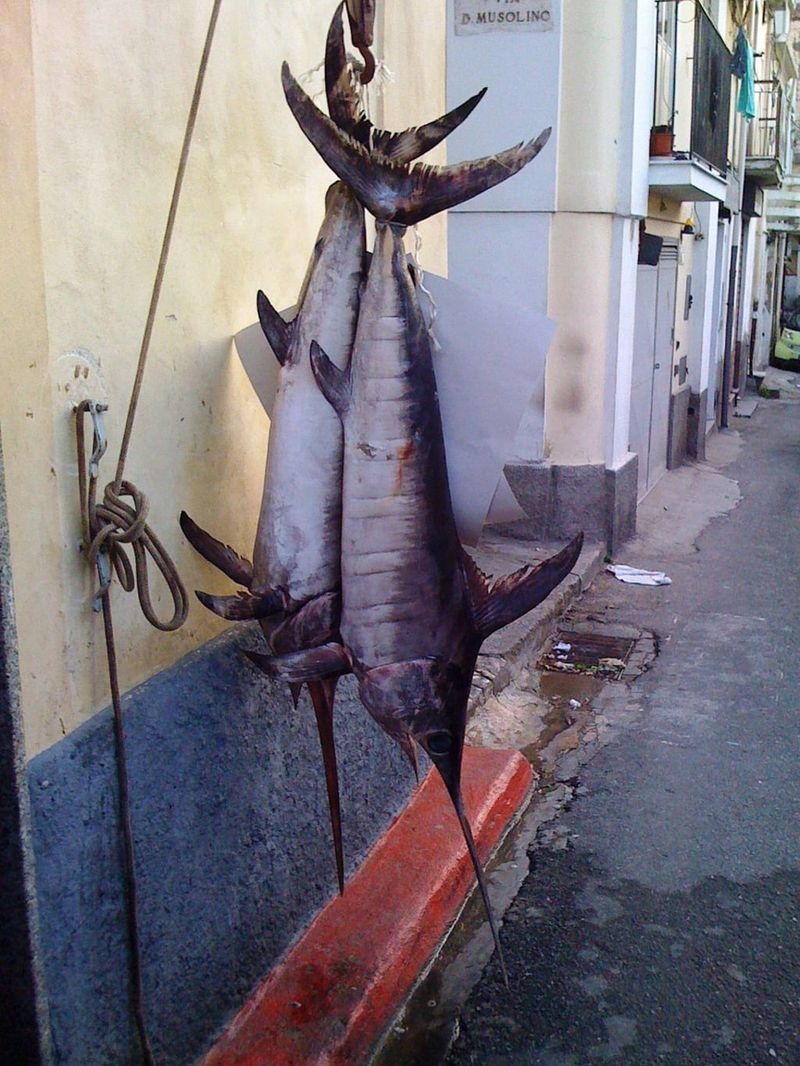
Swordfish is often celebrated for its meaty texture and grill-friendly steaks, but it’s also known for being one of the highest-mercury fish in the sea. As a long-lived predator, swordfish bioaccumulates mercury over time, which can lead to health problems—especially for young children and pregnant women. It’s also frequently caught using longline fishing, a method notorious for harming marine life like sea turtles and seabirds. While it may look appealing on a restaurant menu, the risks to both your health and ocean ecosystems are high. Consider opting for mahi-mahi or skipjack tuna as safer grilling alternatives.
13. Marlin
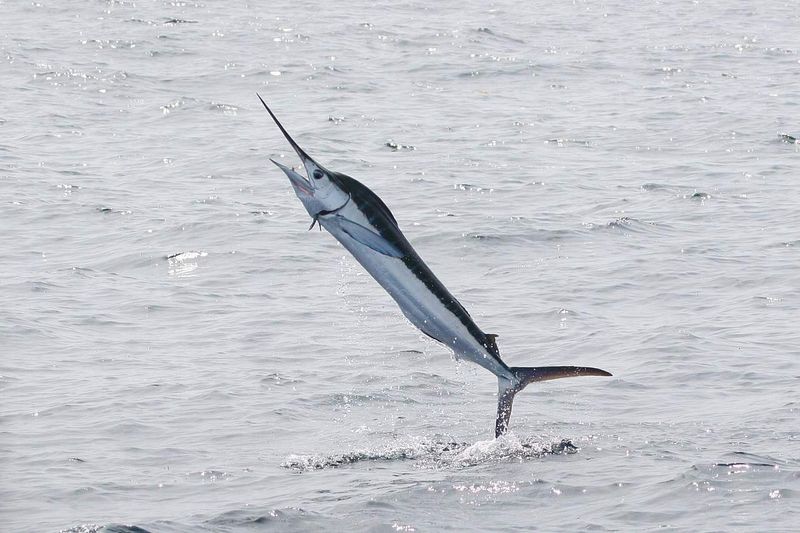
When it comes to high-risk seafood, marlin is near the top of the list. Like other large predatory fish, marlin accumulates large amounts of mercury—making it a poor choice for regular consumption. Some species, like blue marlin, are also seriously overfished, putting additional strain on vulnerable populations. While it’s considered a sport fish and occasionally appears in high-end restaurants, it’s best approached with caution. The combination of toxicity and sustainability concerns makes it one to avoid. If you’re craving a firm, steak-like fish, wild-caught halibut or sustainably sourced tuna can offer similar texture without the same drawbacks.
14. Chilean Sea Bass
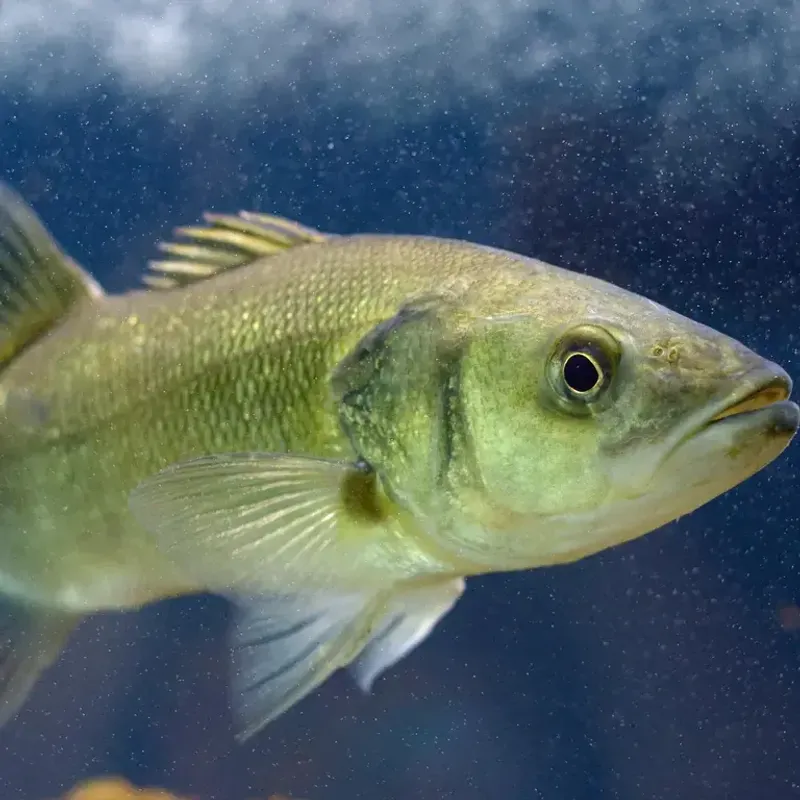
Its name exudes elegance, but Chilean sea bass (a rebrand of the Patagonian toothfish) comes with serious environmental baggage. This deep-sea species is slow-growing and long-lived, which makes it extremely vulnerable to overfishing. Illegal and unregulated harvesting has further pushed some populations to the brink.
Although there are now some certified sustainable fisheries, it’s hard to trace where most Chilean sea bass comes from. Add to that its potential for moderate mercury levels, and this fish’s glamor starts to fade. If you want something decadent without the baggage, consider sablefish or black cod from responsible fisheries instead.
15. Red Snapper
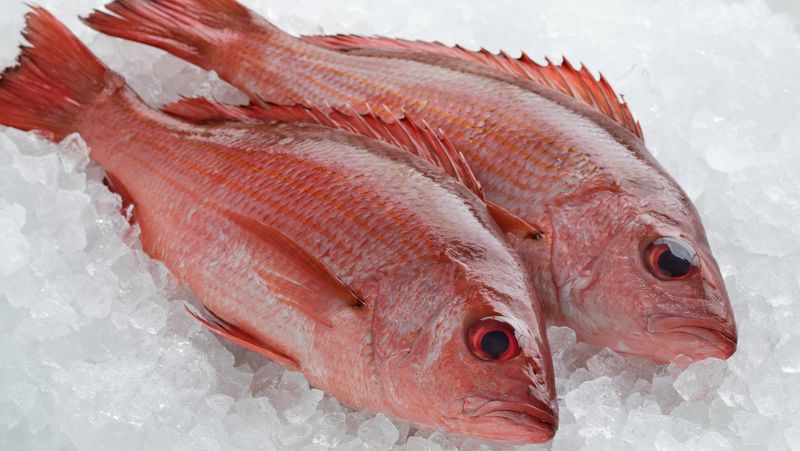
Red snapper might sound like a safe, go-to choice at restaurants, but there’s more going on than meets the eye. Mislabeling is rampant—up to 75% of “red snapper” sold in the U.S. may actually be a completely different species. On top of the confusion, Gulf populations have been heavily overfished, raising sustainability concerns. While it’s prized for its mild, versatile flavor, the risks of fraud and environmental strain make it a less appealing option. To enjoy similar taste without the controversy, look for verified U.S.-caught yellowtail snapper or try Pacific rockfish from well-managed sources.
16. Rockfish
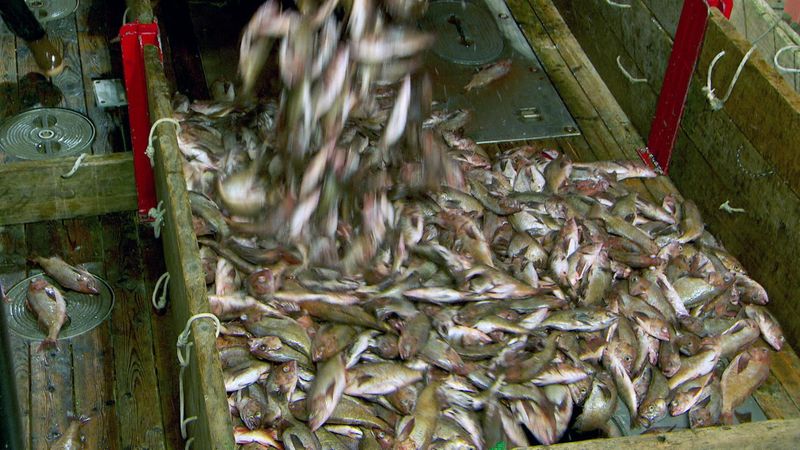
Often lumped together under one name, rockfish actually refers to dozens of species—some of which have been dangerously overfished. These fish live long lives and reproduce slowly, meaning population recovery takes decades. Some varieties also contain moderate mercury levels, making them less ideal for frequent consumption.
Unless you know the exact species and origin, buying rockfish can be a roll of the dice. For those craving a similar texture and flavor, Pacific cod or barramundi raised in sustainable systems offer cleaner, safer alternatives with a lower environmental footprint and less confusion about what you’re really eating.
17. Caviar (from wild sturgeon)
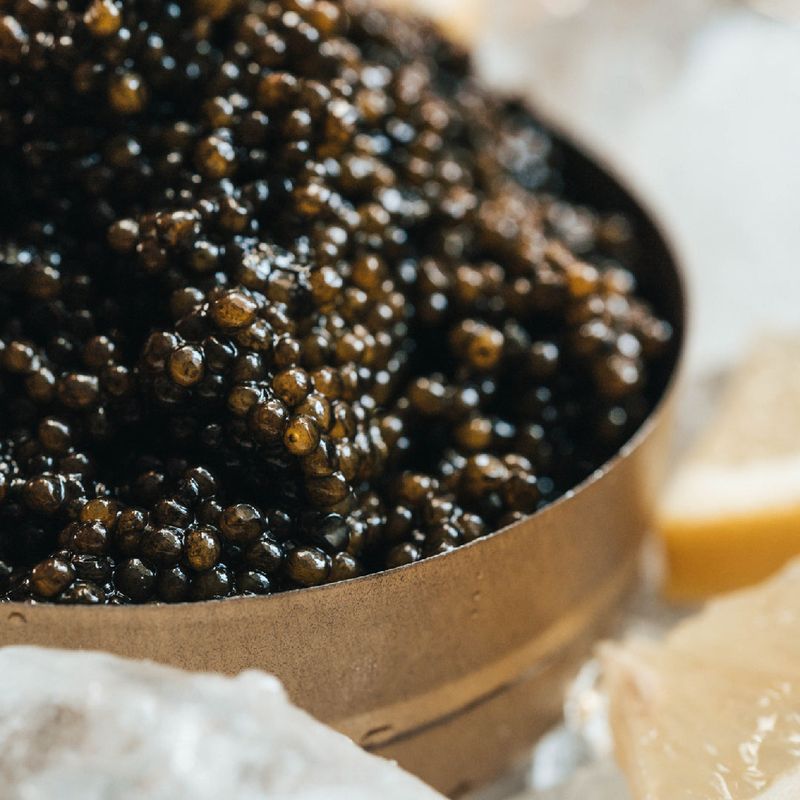
Caviar may be the epitome of luxury dining, but wild-caught sturgeon eggs come at a steep ecological cost. Many sturgeon species have been overharvested for decades, pushing some close to extinction. These ancient fish are slow to mature, making recovery incredibly difficult. Poaching and black-market trade further threaten their survival. If you’re craving that salty, briny pop, opt for sustainably farmed caviar from reputable producers instead. Not only is it easier on the environment, but it also reduces the risk of heavy metal exposure sometimes found in wild-caught roe. Luxury doesn’t have to come at the planet’s expense.
Leave a comment